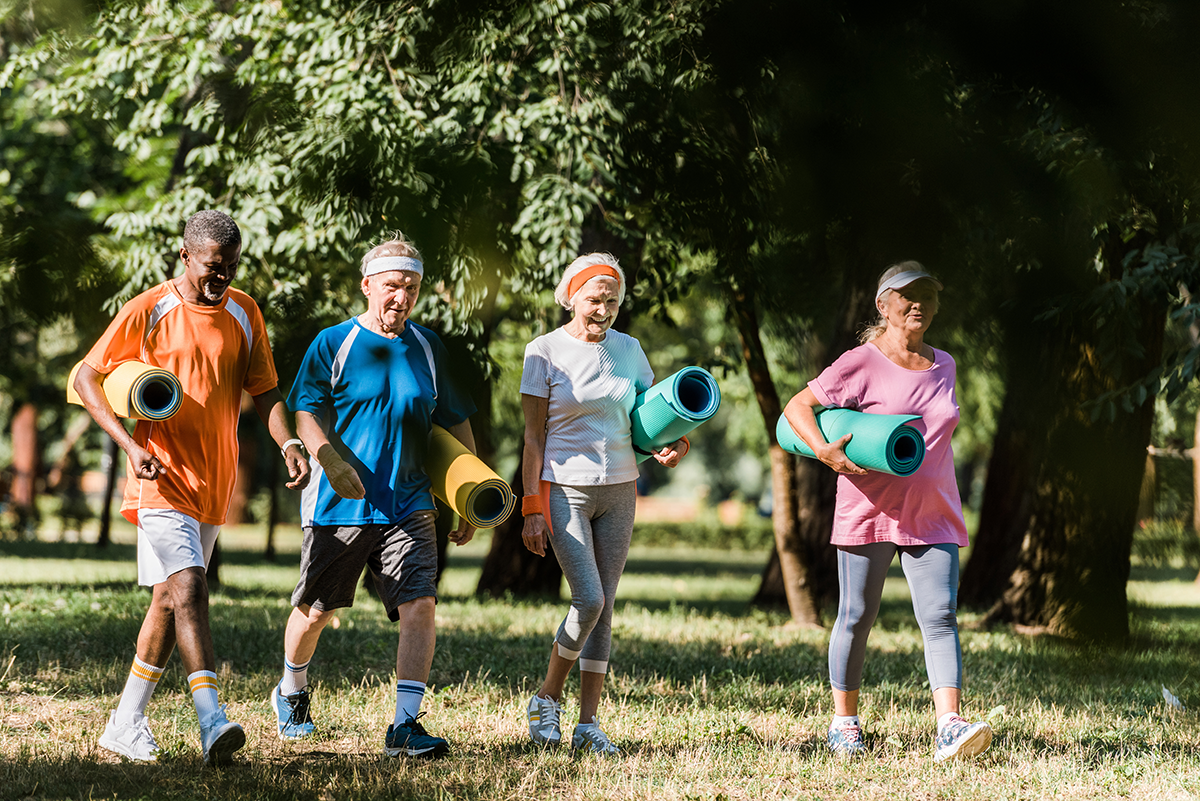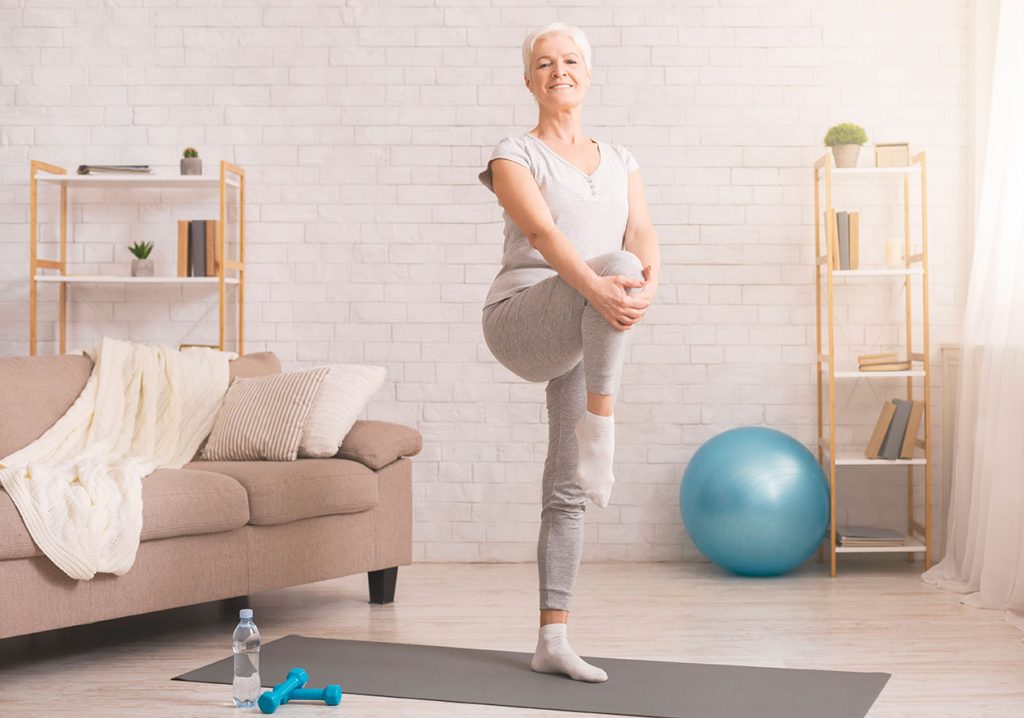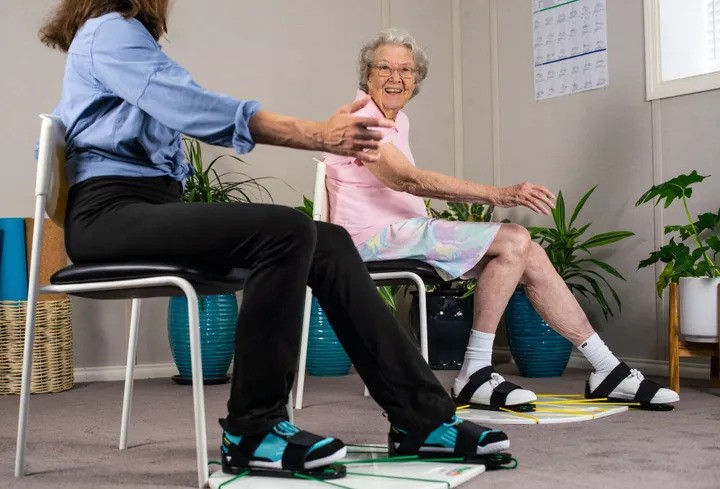Health and Disease Spans: Can You Change It?
Sam is a 90-year-old client of mine who comes into the clinic every day, walks for 30 minutes on the treadmill, then jumps on the elliptical for 15 minutes following by another 15 minutes on the stationary bike. After he’s done with his cardio, he knocks off 10 pull-ups, unassisted, and then he finishes the rest of his strength program. He feels energetic and enjoys spending time with his family and friends. On the other hand, Bob, a client who came in a few months ago, is 62 years old, sleeps in a recliner most nights because his back pain is too severe to stay in bed. He is an attorney working long hours with high levels of stress. His long hours keep him from exercising on a regular basis, he is a borderline diabetic and has recently started Lisinopril to control his newly diagnosed hypertension.
What’s the difference between my two clients? Sam has experienced a long and successful health span. At 90, his disease span has barely started to show. Bob, on the other hand, has an early onset disease span. He is losing his function and productivity while experiencing a slow and steady decline into the abyss.

There are several factors that influence the onset of one’s disease span. Factors such as genetic predisposition, lifestyle choices and sleep patterns are just a few examples that will influence the shape of your disease span curve. Often, the interrelatedness of influencing factors dictate our life’s outcome. By understanding our history, recognizing the triggering events that have occurred over time and managing mediators affecting our health, we are in the unique position to have a positive impact on our health/disease span curve.
Regardless of your previous lifestyle choices, you can create a big change. It is amazing how quickly our bodies respond to positive changes. In as little as 30 days, I have seen people decrease their need for medication, increase their energy, improve their sleeping habits and become more engaged in their personal relationships.
Remember Bob, in 45 days he was off his pain medication, sleeping in bed and played 9 holes of golf which is something he hadn’t done in 5 years. It is essential to understand your lifestyle history to take the necessary steps in making a well-rounded change. Success begins when you work with the right professional to re-write your story which will in turn elongate your health span, shorten your disease span and result in dying young at a ripe old age.
Jim Herkimer, DPT, MS, ATC has been involved in health, fitness and rehabilitation for over 35 years. He is currently the CEO and Executive Director at Sports Conditioning and Rehabilitation (SCAR) in Orange, California. SCAR is a wellness and rehabilitation clinic providing a continuum of care for individuals through the life span. Throughout his career, he has had the opportunity to help a variety of athletes and individuals from all walks of life reach beyond their potential.
















